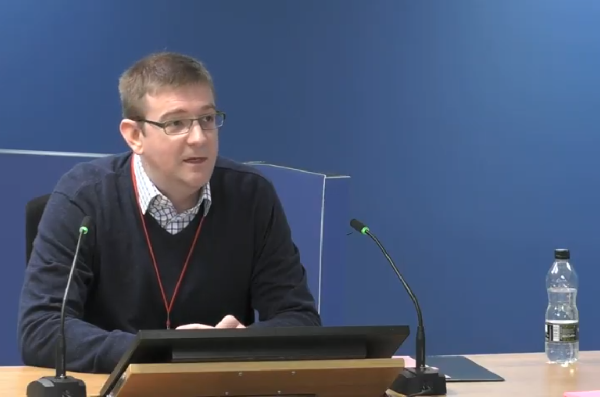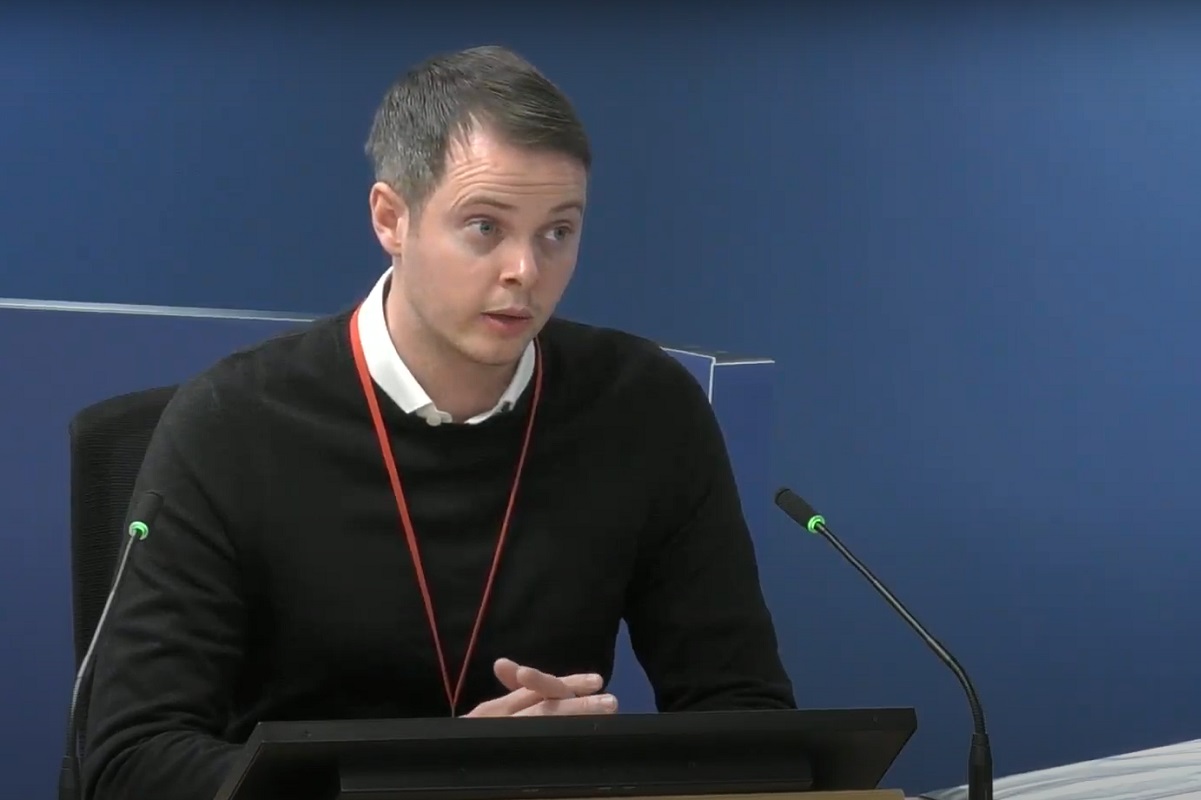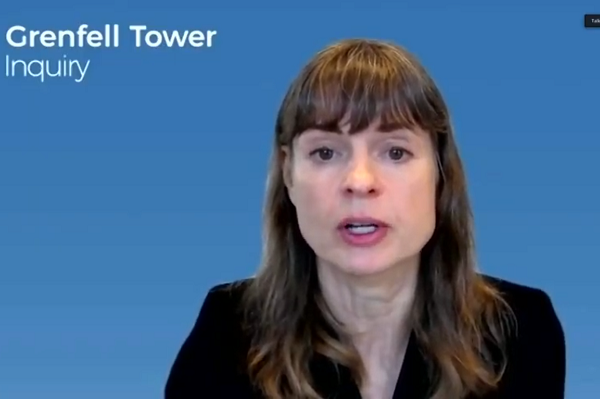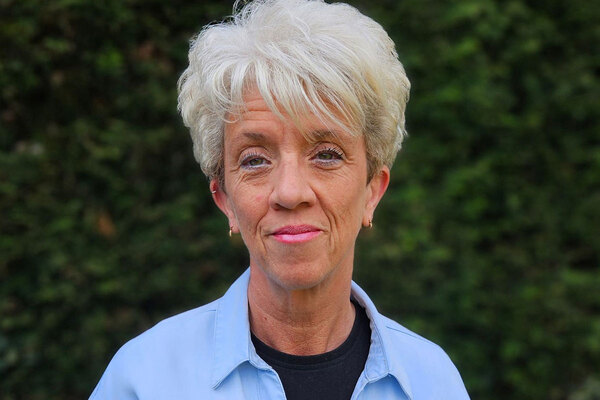Additional fire barriers added to test on Grenfell insulation amid pressure to boost profits, inquiry hears
A former technical officer at the company that supplied the insulation for Grenfell Tower has said that he suggested using additional fire barriers to pass a key safety test amid pressure to increase profits from the multinational business that owned the firm.
Jamie Hayes, former technical services officer at Celotex, explained how adding fire-resisting magnesium boards to a test rig to boost its chances of passing in 2014 was his idea.
But he claimed that he did not know at the time that company would go on to hide this fact in the official test report and the marketing of it.
He said that when he became aware of this it was “a failure of moral fibre” on his part not to challenge it.
Celotex was owned by private equity firm AAC Capital Partners, which Mr Hayes said instilled a culture of driving for short-term profits to secure a lucrative sale of the business.
In 2012, the firm was purchased by Saint Gobain, a French multinational that pushed it to increase revenues through the development of new products.
Mr Hayes said that senior members of the company were being called to meetings in Paris to explain the budgets and how much money would be generated from new products.
As a result, the firm rebranded its existing FR5000 insulation product as RS5000 and sought to pass a fire test in order to sell it for use on buildings taller than 18m – a lucrative market worth an estimated £10m a year, of which it was currently locked out by fire safety rules.
The RS5000 product initially failed one of these tests in February 2014, but the team swiftly sought a retest in a bid to achieve a pass.
They agreed to thicken the cement fibre cladding panels behind which the insulation would be placed, to better shield it against fire, but Mr Hayes suggested also including additional fire-resisting magnesium oxide boards close to the key temperature sensors that determined the pass or fail.
“Are you saying you made the suggestion [to include the magnesium oxide boards] as a result of the pressure you felt to stop the second test failing?” asked Richard Millett QC, counsel to the inquiry.
Mr Hayes said the idea had occurred to him following prior meetings with cladding specialists, and the knowledge that the existing fire barriers would fail if the cladding panels fell away.
“If fire goes up in that cavity the job of the fire barrier is to stop that,” he explained. “If the cladding is gone, the barrier would be ineffective, not because the barrier has failed but the cladding panel is no longer there… So the idea of reinforcing the cladding at the point of the fire barrier means the fire barrier will do its job.”
He said that the ultimate decision fell to Paul Evans, head of marketing, and that he had “no doubt in my mind at all” that Mr Evans was aware of what was happening.
Giving evidence yesterday, Mr Evans had denied knowing about this.
Mr Hayes said he did not believe at the time that this fact would be concealed, and said that Phil Clark from the Building Research Establishment (BRE), the private testing facility that arranged the test, was fully aware it was used.
However, Mr Hayes said that he became aware of the plan to hide the details of the test when the report came back from BRE, which did not mention it, and that Celotex sought to have a picture showing the boards removed from the reports.
“Was it your view that Celotex was engaged in trying to create a misleading test report?” asked Mr Millett.
“Yes, that’s exactly what was happening,” Mr Hayes replied.
“Why didn’t you challenge it?” asked Mr Millett.
“It’s not an easy question to answer,” he replied. “My understanding was and is now that a decision had been made by senior management of Celotex. I didn’t know who I should speak to or could speak to. I lacked the life experience to find the right way forward and it was a failure of courage, and a failure of character and a failure of moral fibre on my part not to do so.”
He was later shown emails in which he replied to queries about the use of Celotex on high-rise buildings.
“You were referring customers to a compliance guide which was dishonest and misleading,” Mr Millett said.
“That’s correct,” Mr Hayes replied.
“You were a part of continuing to perpetrate the fraud on the market, yes?”
“The way of dealing with customer enquiries was a specific management decision. I did not make a decision or have any part in a decision to conceal the additional material,” Mr Hayes said.
“I didn’t have any control over Celotex’s decision to go down that road, although I absolutely accept I should have raised it.”
Mr Hayes had earlier explained that despite his job title, he had no technical knowledge before joining the firm.
He had left education aged 18 with poor A Level results, worked in a call centre for nine years and was offered a job at Celotex when unemployed. He described the technical team as mainly a call centre role.
The inquiry continues with further Celotex witnesses next week.
Sign up for our weekly Grenfell Inquiry newsletter
Each week we send out a newsletter rounding up the key news from the Grenfell Inquiry, along with the headlines from the week
Already have an account? Click here to manage your newsletters













